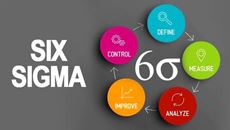Business Skills
Do you want to learn new business skills? Learn the basic skills of an administrative assistant. Learn about business finance, analysis and the fundamentals of purchasing. Learn how to write a successful business plan and how to use Windows 7 or Windows 8 in the workplace and many more!










